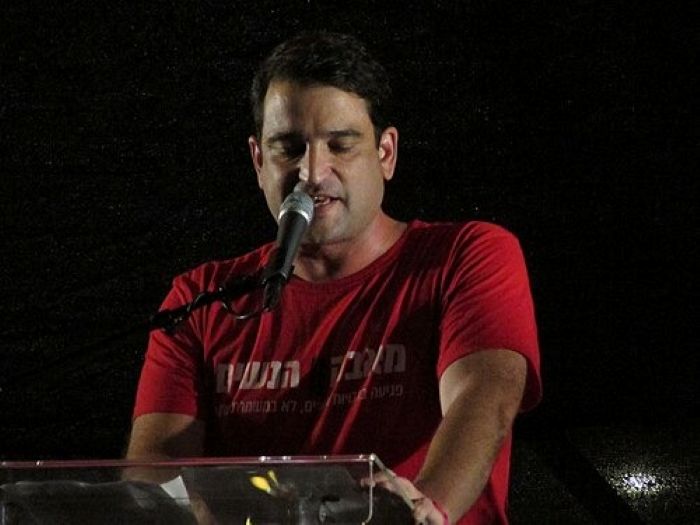 NTSB officials said Friday that they have recovered the black boxes from the wreck of the Continental commuter plane that dropped out of the sky Thursday and nose-dived into a suburban Buffalo home. All 49 people aboard and one person in the home were killed. It was the nation’s first deadly crash of a commercial airliner in 2 1/2 years.
NTSB officials said Friday that they have recovered the black boxes from the wreck of the Continental commuter plane that dropped out of the sky Thursday and nose-dived into a suburban Buffalo home. All 49 people aboard and one person in the home were killed. It was the nation’s first deadly crash of a commercial airliner in 2 1/2 years.
Authorities said the plane, a Bombardier Dash 8 Q400 turboprop, was operated by Manassas, Va.-based Colgan Air. It was en route from Newark to Buffalo when it went down in a residential area at approximately 10:20 p.m.
Spokesman Steven Chealander of the National Transportation Safety Board said that the flight data and cockpit voice recorders were recovered, and that they were able to listen to the crew’s conversations moments before the crash.
“The crew discussed significant ice buildup, ice on the windshield and leading edge on the wings,” Chealander said. “Right after that ‘severe pitch and roll’ were the words that were used.”
The cause of the disaster remained under investigation, but other pilots were overheard around the same time complaining of ice building up on their wings as well — a hazard that has caused major crashes in the past.
(Source: CBS2 HD)











6 Responses
Since ice on the wings has been problematic inn the past,why is there not a de-icing device on the wings that can be operated while in flight?
#1- Because planes remain in commission for tens of years, so any such update won’t be seen for a while. Hopefully they’ll incorporate it into the next version, though.
#1 –
There is. Let’s wait & see what the investigation comes up with.
This plane had a de-icing equipment. Knwoing a little about aircrafts from a friend of mine who is a traffic controller I will tell you what he said to me.
Most aircraft have a de-icing for use in midair. The problem though is in order for the de-icing equipment to work, there MUST be ice that has formed already otherwise the de -icing will NOT work.
Secondly, to much ice would be a little to late and the pilot will also have to see if there is ice on the wings.
On tis type of plane the wings are in a position where it IMPOSSIBLE for the pilot to look out a 90 degree angle from the cockpit and see the wings because the wing on this plane is built higher than the wings we normally see on a 747 , 737 and the bigger planes we see at most airports.
It’s almost certain that ice was the lead factor in this crash.
There is also a possible problem and something the NTSB is looking into and that is the auto pilot. There is talk that the auto pilot was on and when there is an ice build up the last thing you want to do is take off the auto pilot for many aironautic reasons and scietific reasons with the way auto pilot works.
What the pilot must do is leave auto pilot on and turn on the de icing. The pilots were not exactly Captain sully experience type but one pilot only had 1 year of aviation experience and the other pilot only had 4 years of experience and BOTH never flew in this type of weather.
After all said and done I am sure the NTSB will show through theri investigation that the weather, and lack of expericne and taking auto pilot off as a lack of expericne was the cause of the crash.
The moral of the sotry is NEVER GET RID OF EXPERINCED PEOPLE. many companies and airlines are using young and inexperienced pilots. many coampnies in general are getting rid of experinced people and hiring 25 year old kids to “save money”.
Experience is worth money and the lack of it will kill you!
I’d like to correct some of the armchair critics here… as well as some of the things news sites are reporting (some of which is conjecture, some of it plain nonsense).
let me explain what the problem is with ice build up…
the wing is shaped in such a way so as to produce a region of low pressure on the top side and high pressure on the bottom. this in effect holds the wing up against the weight of the plane and enables it to fly. if the path of the air over the wing is changed then the pressure distribution will also change, and hence the lift producing capabilities.
as the air flows over the wing drag is produced. this is a frictional force which tries to slow the plane down. if the surface of the wing is not smooth, for example, has a build up of ice, (which incidently is not as smooth as we think it is,) more drag will be formed. in addition the shape of the wing is now different because of the ice build up and the lift is degraded.
once the wing is unable to produce enough lift to counteract the weight of the plane itself, you have to go faster (so that air travels at a higher speed over the wing) or you will stall. (stalling an airplane is not the sme as stalling a car. the engines can be at full throttle, but if the wings are not producing lift you have stalled) the only way to get more speed is to put the nose down and dive. if you are aleady at a low altitude the plane will be in trouble.
if you do stall the plane, if it is designed well, it will just put its nose down and automatically gain speed. otherwise it may roll to one side or the other while also putting the nose down. (rolling while putting the nose down helps to gain speed faster but most passengers would not be very happy with this kind of maneuver so commercial planes are designed not to roll when they stall).
almost all aircraft have either anti-icing or de-icing systems on their wings. anything other than the smallest single engiene planes will have them. this includes the dash 8 involved in this story.
anti icing means that hot air from the engine is pumped thru a duct on the inner side of the front of the wing (where ice build up is the most serious) and this melts any ice. any airplane that has a shiny siler leading edge on the wing (ie. unpainted) means that it has an anti icing device. this exists on most types of jet aircraft.
a de-icing device is a like a small balloon that is stuck alomg the length of the leading edge of the wing and is pumped up and deflated periodically. this cracks the ice and it then falls off. you will find this on smaller type planes including the dash-8 q400 that crashed in buffallo. it is not a preventitive system as it doesnt stop ice building up, just removes it once it has built up.
there are rules about flying in weather that is known to produce icing conditions. this includes flying thru fog (at times). in such conditions either the anti icing system is switched on and left on or the de-icing system is activated periodically.
in the case of the 737 which crashed into the potomac back in the 80’s there was a serious build up of ice on the wings and even though there was an anti icing system it was unable to cope with the build up. there was also a catalough of errors that led to that plane crash, most of them being human error (most again on the part of the pilot).
it is possible that the pilots activated the anti icing too late, it is possible that something malfunctioned, it may be that there are other caracteristics of this plane that were not discovered during testing. (testing does include flying in known icing conditions). lets wait and see what the accident investigation finds.
i know its too late to help those who were killed, but investigations will help to save lives in the future. also, no one has to fear flying in fog because of an incident like this. accidents happen, unfortunately people get killed, but we try to learn from them and make aviation safer all the time.
Here is what likely happened:
I used to fly planes so here is my take…The pilot had the Autopilot activated. When the ice buildup was too much for the plane’s autopilot to handle the AUTOPILOT disconnected! When a autopilot disconnects the nose of the plane get pushed downward to gain more speed and lift now if a plane is at 20,000 feet it is not a big deal, the pilot would just take control of the airplane. BUT this plane was way too low and when the nose was pointed down there was no time to recover…..Sad.